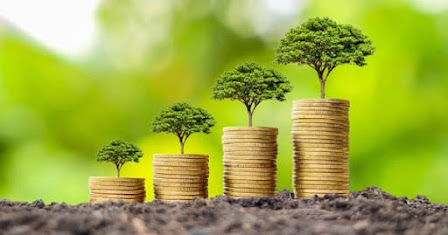Demystifying Carbon Trading: A Pathway to Climate Change Mitigation
Climate change is one of the most pressing issues facing our
world today. As global temperatures continue to rise, it’s becoming
increasingly important for us to find ways to reduce emissions and mitigate the
effects of climate change. One potential solution that has been gaining
traction in recent years is carbon trading, which involves buying and selling
allowances for greenhouse gas emissions. In this blog post, we’ll be demystifying
what carbon trading is and how it can help us achieve our goals of reducing
emissions while also creating economic opportunities around the globe.
At its core, carbon trading works by setting a limit on total greenhouse
gas (GHG) pollution from businesses or countries over a certain period –
usually five years or more – known as an ‘emissions cap’. Companies are then
given individual emission permits up to their allocated portion within this
cap; these permits can then be bought or sold depending on whether they need
additional credits due to exceeding their allotted amount during any given year
(known as ‘buying in bulk’). Any company that does not use all its credits must
sell them off before each reporting period ends; if there are excess credits
available at any point throughout the year then companies may purchase them at
lower prices than normal market rates to create cost savings when needed later
down the line (this process being known as 'banking').
Carbon Trading offers several benefits: firstly it provides
an incentive for businesses with high GHG emissions profiles - such as those
found in heavy industry sectors like steel production -to invest heavily into
clean energy technologies so they can remain competitive despite having higher
costs associated with implementing cleaner solutions; secondly by providing
access points where buyers/sellers meet up online allows companies who have
spare capacity but lack resources/expertise required engage directly with other
parties looking buy-in without needing third-party brokers, etc.; finally
through allowing governments set specific targets & monitor progress
against these goals helps ensure compliance amongst large corporations ensuring
no single player enjoys unfair advantage over others thus helping promote fair
competition across markets globally.
All-in-all Carbon Trading presents itself not only viable
option for tackling Climate Change head-on but also one which could potentially
offer significant long-term economic gains to many nations worldwide making it
worth exploring further research development purposes going forward!
About the Author:
OYU Green provides innovative carbon credit
and carbon trading solutions to businesses looking to offset their carbon
footprint. With a team of experts, the company helps clients identify and
invest in carbon projects that provide both environmental and social benefits.
OYU Green's comprehensive approach to carbon trading ensures that clients meet
their regulatory and sustainability targets while promoting a sustainable
future for all. The company's carbon credit solutions provide an efficient and
cost-effective way for businesses to reduce their carbon emissions and
contribute to the fight against climate change.




Comments
Post a Comment